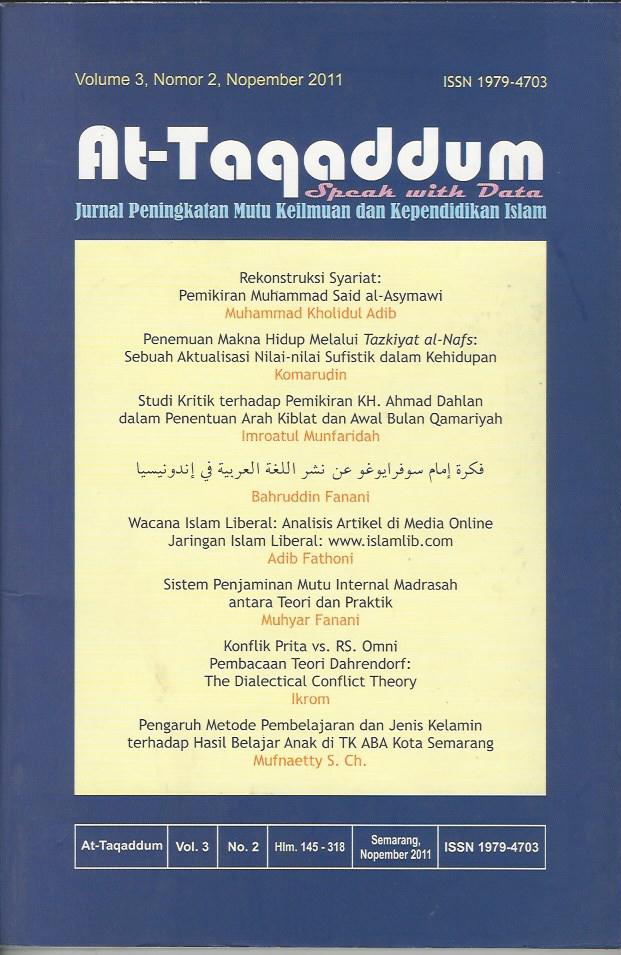PENGARUH METODE PEMBELAJARAN DAN JENIS KELAMIN TERHADAP HASIL BELAJAR ANAK DI TK ABA KOTA SEMARANG
DOI:
https://doi.org/10.21580/at.v3i2.501Keywords:
Learning, teaching methods, educational kindergarten, gender, learning outcomes.Abstract
The study aims to determine the effect of teaching methods and learning outcomes of sex to kindergartners. Specifically the study aims to describe the methods of learning, gender, and learning outcomes and teaching methods and analyze the influence of gender on learning outcomes of children in kindergarten. The method of learning is the way in which teachers in the learning process to achieve the objectives of activities. Learning methods referred to in this study is the method of play and storytelling. Gender is defined as the biological and anatomical differences in body chemical composition between men and women who are considered influential in the development and intellectual capacity emotional respectively. The results of learning are obtained through assessment tests, which are grouped into three domains, namely kognitive, affective and psychomotor. Theoritically, the interaction of children with the learning methods of play the role remind one another duties as agreed in the game. This condition is easier for the child in games or understand the procedure and given the role and functions of each. But not all children feel and get the same role in a game so the experience they have got is different. Thus play role method can affect learning outcomes. Based on research results showed that this method of learning and gender had no interactive effects on learning outcomes.Downloads
Downloads
Published
How to Cite
Issue
Section
License
The copyright of the received article shall be assigned to the journal as the publisher of the journal. The intended copyright includes the right to publish the article in various forms (including reprints). The journal maintains the publishing rights to the published articles. Therefore, the author must submit a statement of the Copyright Transfer Agreement.*)

This work is licensed under a Creative Commons Attribution-ShareAlike 4.0 International License.
In line with the license, authors and third parties (readers, researchers, and others) are allowed to share and adapt the material. In addition, the material must be given appropriate credit, provided with a link to the license, and indicated if changes were made. If authors remix, transform or build upon the material, authors must distribute their contributions under the same license as the original.
________
*) Authors whose articles are accepted for publication will receive confirmation via email and send a Copyright Transfer Agreement.











